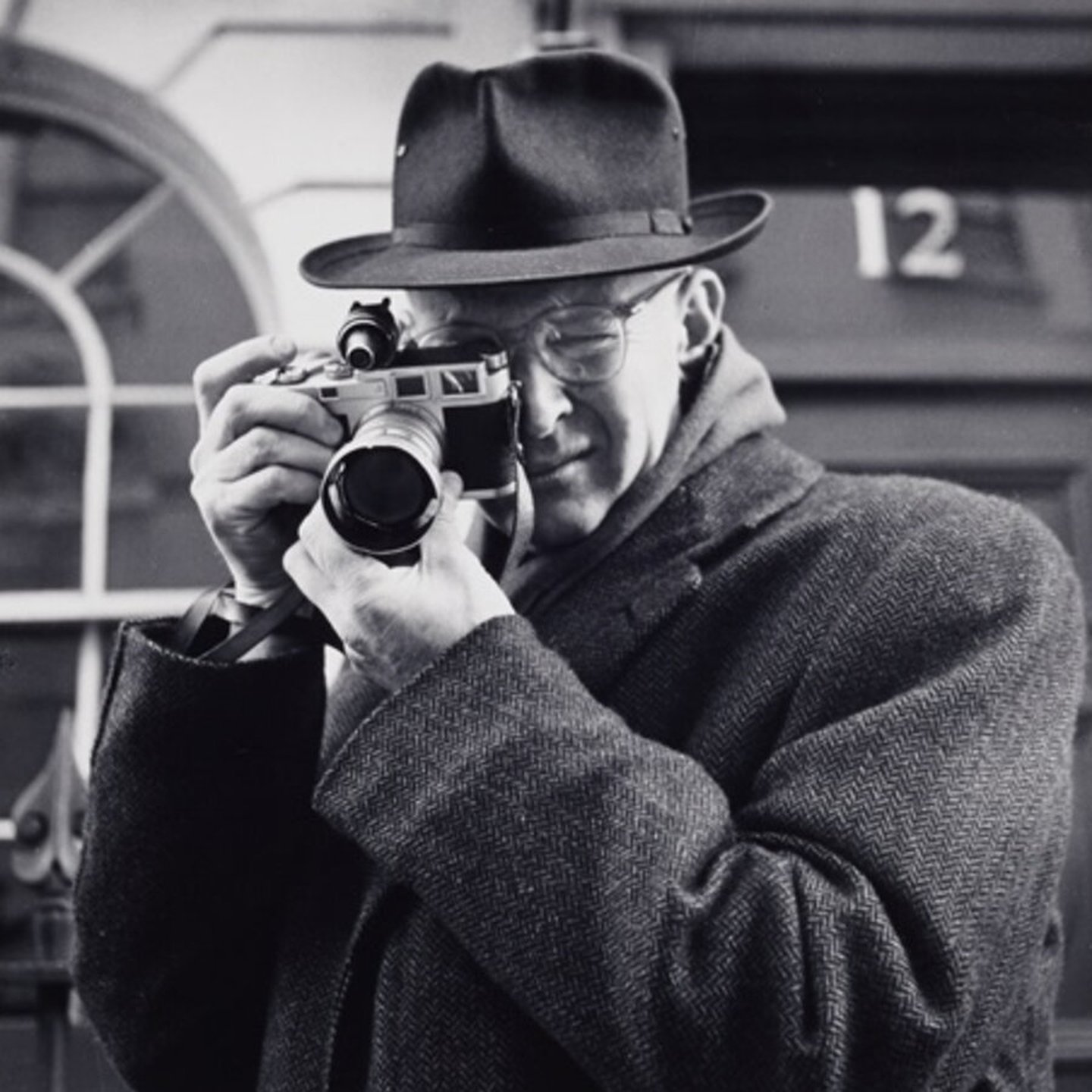

→
Scroll to discover more
The story of Leica
To design the perfect camera, start with a horse.
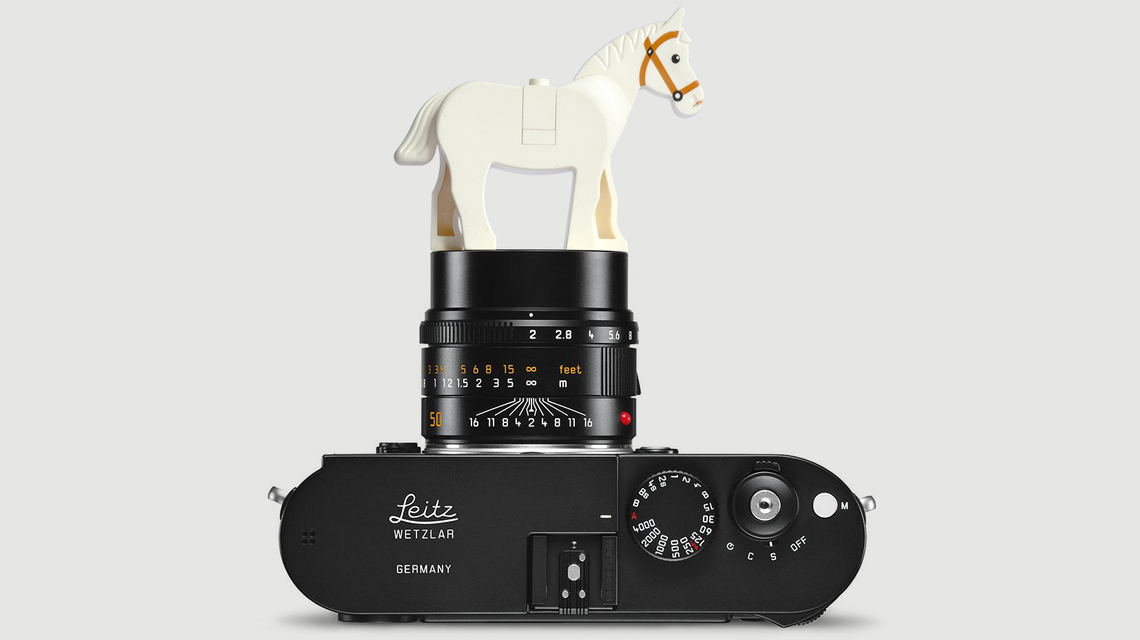
When you see a camera with a red dot, smile.
Oskar Barnack and his “Liliput Kamera”
Is any camera worth six thousand pounds? And that’s just the body, without lenses, which start at four figures. Oh, and it comes without autofocus, or programmes, or auto anything, really. And there’s a version that only takes black and white pictures, but that’s a bit more expensive.
But it does have a red dot on the front, which tells you it’s a Leica. So that’s all right then.
There is a view, often voiced, that carrying a Leica tells the world one of two things: you’re a professional, or you’ve got more money than sense.
That’s harsh. It says more about jealousy and resentment than accuracy. Inspirational brands will always sell the vision of the best to those of us who know we will never reach that mark. Nike sold millions of Air Jordans to people who couldn’t jump if the floor was electrified. Gibson sell truckloads of SGs to guitarists who couldn’t find Crossroads on a map.
There’s nothing wrong with that. Dreams are sometimes the only valuable thing you have in your pocket. And to feel joy in the greatness of others is a sign of an open heart, a generous soul. It is only the mean-spirited, the disappointed, who sneer. (There are two kinds of people in this world: those who love champions, and those who are infuriated by them. Shun the latter, life’s too short.).
Oskar Barnack and his “Liliput Kamera”
Is any camera worth six thousand pounds? And that’s just the body, without lenses, which start at four figures. Oh, and it comes without autofocus, or programmes, or auto anything, really. And there’s a version that only takes black and white pictures, but that’s a bit more expensive.
But it does have a red dot on the front, which tells you it’s a Leica. So that’s all right then.
There is a view, often voiced, that carrying a Leica tells the world one of two things: you’re a professional, or you’ve got more money than sense.
That’s harsh. It says more about jealousy and resentment than accuracy. Inspirational brands will always sell the vision of the best to those of us who know we will never reach that mark. Nike sold millions of Air Jordans to people who couldn’t jump if the floor was electrified. Gibson sell truckloads of SGs to guitarists who couldn’t find Crossroads on a map.
There’s nothing wrong with that. Dreams are sometimes the only valuable thing you have in your pocket. And to feel joy in the greatness of others is a sign of an open heart, a generous soul. It is only the mean-spirited, the disappointed, who sneer. (There are two kinds of people in this world: those who love champions, and those who are infuriated by them. Shun the latter, life’s too short.).
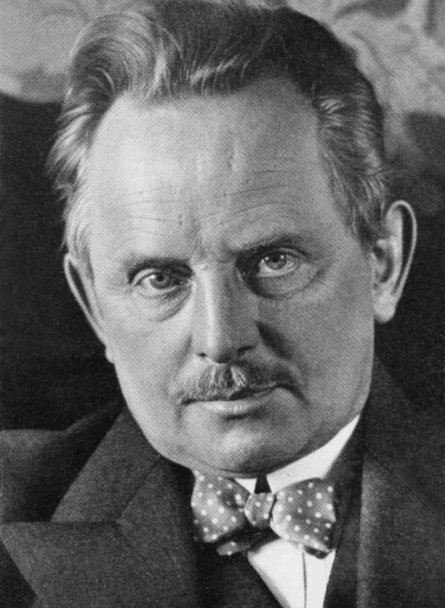
Oskar Barnack
In photography if you want to look for greatness, you need look no further than Leica.
If you were to curate an exhibition of the greatest photographs ever taken, a huge number would be on a Leica. Maybe as many as half.
And we owe it all to one man. A man whose name is not well-known, if known at all. Oskar Barnack invented the camera as we know it today. He was a precision engineer. Neat, methodical, fastidious, but with art in his heart. He combined a white lab coat with a natty line in silk bow ties, a look that would still turn heads.
He trained, as a precision mechanic, at the great Carl Zeiss optical factory in Jena, before Ernst Leitz invited him to work on microscopes in his factory in Wetzlar. Leitz was a Steve Jobs-like figure (although, unlike the infantile Jobs, he was a well-rounded human being.) He knew what talent was and encouraged Barnack to develop his ideas for something called photography.
Barnack saw the opportunity to do something that the world needed. As is often the case, his strength came from his weakness – he was asthmatic. He spent weeks in the Alps in pursuit of clean air. And the mountains were the perfect place for photography, with bright, clear vistas and high contrast light that could have been designed for black and white shots.
But the equipment of the day made that practically impossible. Cameras were wooden boxes with glass plates instead of film. They needed a tripod to support them, a donkey (or an assistant) to carry them, a darkroom to load them, and any amount of skill and luck to get a usable result. Big, heavy, cumbersome and very, very fragile. Imagine carrying a box of 10 X 8 glass plates up an icy mountain. Then down again, probably in the dark.
What was needed was more or less the opposite of what was available. Fifty years later Henri Cartier-Bresson, who knew a bit about cameras (and only ever used a Leica), described his as “Small, light and always ready to take the next picture.”
Because that is precisely what Barnack designed.
German design is all about using less to achieve more. Cleverness is complicated. Brilliance is simple.
Barnack realised that glass plates were the problem. The answer was film. He was a keen cine photographer. The problem was, the images were not good enough to print. Glass negatives were contact prints – the pictures were the same size as the plates. Images from film had to be enlarged and for that to be successful the film needs to be high resolution.
Film runs through a cine camera vertically, from top to bottom. Each negative is 18X24mm.
For his still camera, Barnack turned the film on its side: it runs horizontally, from side to side. Now he had a negative that was 36X24mm: the same film has double the resolution. Brilliance is simple.
If you were to curate an exhibition of the greatest photographs ever taken, a huge number would be on a Leica. Maybe as many as half.
And we owe it all to one man. A man whose name is not well-known, if known at all. Oskar Barnack invented the camera as we know it today. He was a precision engineer. Neat, methodical, fastidious, but with art in his heart. He combined a white lab coat with a natty line in silk bow ties, a look that would still turn heads.
He trained, as a precision mechanic, at the great Carl Zeiss optical factory in Jena, before Ernst Leitz invited him to work on microscopes in his factory in Wetzlar. Leitz was a Steve Jobs-like figure (although, unlike the infantile Jobs, he was a well-rounded human being.) He knew what talent was and encouraged Barnack to develop his ideas for something called photography.
Barnack saw the opportunity to do something that the world needed. As is often the case, his strength came from his weakness – he was asthmatic. He spent weeks in the Alps in pursuit of clean air. And the mountains were the perfect place for photography, with bright, clear vistas and high contrast light that could have been designed for black and white shots.
But the equipment of the day made that practically impossible. Cameras were wooden boxes with glass plates instead of film. They needed a tripod to support them, a donkey (or an assistant) to carry them, a darkroom to load them, and any amount of skill and luck to get a usable result. Big, heavy, cumbersome and very, very fragile. Imagine carrying a box of 10 X 8 glass plates up an icy mountain. Then down again, probably in the dark.
What was needed was more or less the opposite of what was available. Fifty years later Henri Cartier-Bresson, who knew a bit about cameras (and only ever used a Leica), described his as “Small, light and always ready to take the next picture.”
Because that is precisely what Barnack designed.
German design is all about using less to achieve more. Cleverness is complicated. Brilliance is simple.
Barnack realised that glass plates were the problem. The answer was film. He was a keen cine photographer. The problem was, the images were not good enough to print. Glass negatives were contact prints – the pictures were the same size as the plates. Images from film had to be enlarged and for that to be successful the film needs to be high resolution.
Film runs through a cine camera vertically, from top to bottom. Each negative is 18X24mm.
For his still camera, Barnack turned the film on its side: it runs horizontally, from side to side. Now he had a negative that was 36X24mm: the same film has double the resolution. Brilliance is simple.
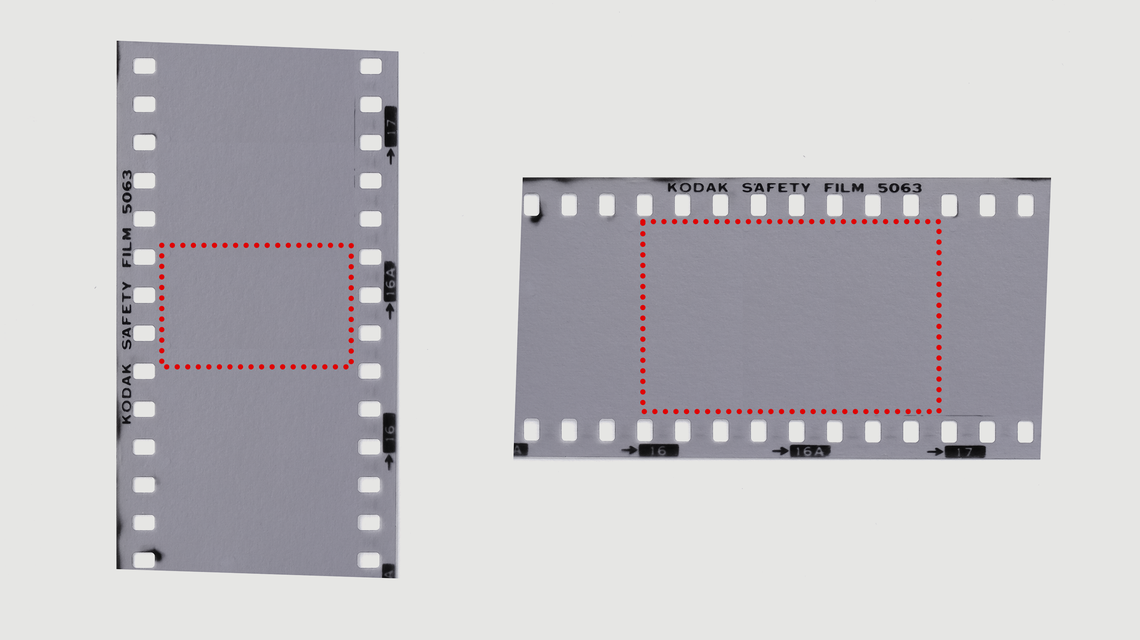
Film Strip
The short lengths of film could be carried in brass cassettes, each with 36 exposures. The film passed through a narrow slit that was lined with dressmaker’s velvet, a simple device that made the cassette light-proof so it could be loaded straight into the camera, thus doing away with the need for a darkroom.
(Fifty years later, before Bruce Chatwin set off to write the classic “In Patagonia”, his editor sent him to the Leica dealer in Burlington Arcade. There an old gentleman in a monocle, who had made Alpine excursions with Barnack in the years before WW1, explained that The Doktor had set himself the task of designing a camera that could be used, by which he meant reloaded, on horseback.)
And so the modern camera was born. A Leica today is a recognisably direct descendant of the prototype that Oskar Barnack first drew then carried. To see how true that is, just compare the original prototype - the Ur-Leica, designed by Barnack in 1913 - to the current X1, more than one hundred years later.
(Fifty years later, before Bruce Chatwin set off to write the classic “In Patagonia”, his editor sent him to the Leica dealer in Burlington Arcade. There an old gentleman in a monocle, who had made Alpine excursions with Barnack in the years before WW1, explained that The Doktor had set himself the task of designing a camera that could be used, by which he meant reloaded, on horseback.)
And so the modern camera was born. A Leica today is a recognisably direct descendant of the prototype that Oskar Barnack first drew then carried. To see how true that is, just compare the original prototype - the Ur-Leica, designed by Barnack in 1913 - to the current X1, more than one hundred years later.

Ur-Leica, 1914: 65 x 133mm
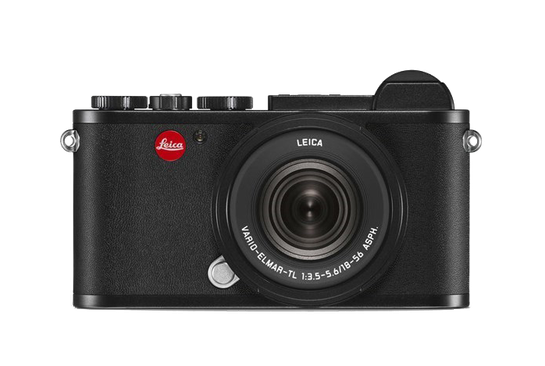
Leica CL, 2020: 78 x 131mm
So, what do you get when you buy a Leica? Well, it depends on what matters to you. If quality matters you will enjoy the feel of working with an instrument that’s superlatively designed and made. If it matters that you support a company that believes in apprenticeships and training, that supports a community of skilled artisans who happen to live in one of the most expensive countries in the world, then there’s that too.
But, above all, it can fairly claim to be the best precision instrument for image capture ever invented. It was immediately de rigeur to carry a Leica in the Bauhaus School, as a perfect example of everything they believed in. It was the obvious choice for Henri Cartier-Bresson, Robert Capa, Lee Millar, Irving Penn, Robert Frank, Sebastiåo Salgado, etc, etc (fill in just about every photographer, past and present, that you’ve ever heard of.)
Of course, all of that history may not impress you. But then, if you have no feeling for history you’ve really got no need for a camera. The one in your phone will do just fine.
Paul Cardwell, The Laughing Saboteur
But, above all, it can fairly claim to be the best precision instrument for image capture ever invented. It was immediately de rigeur to carry a Leica in the Bauhaus School, as a perfect example of everything they believed in. It was the obvious choice for Henri Cartier-Bresson, Robert Capa, Lee Millar, Irving Penn, Robert Frank, Sebastiåo Salgado, etc, etc (fill in just about every photographer, past and present, that you’ve ever heard of.)
Of course, all of that history may not impress you. But then, if you have no feeling for history you’ve really got no need for a camera. The one in your phone will do just fine.
Paul Cardwell, The Laughing Saboteur
Featured stories
See all of our stories 